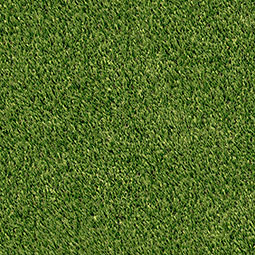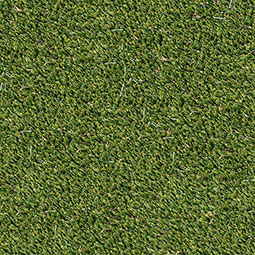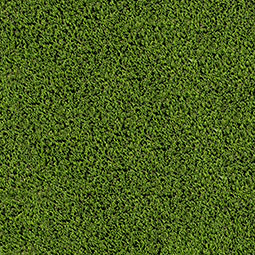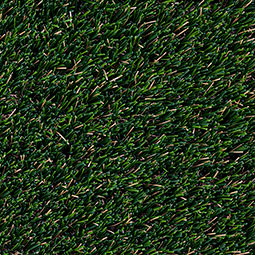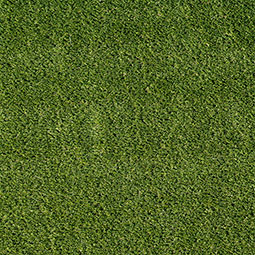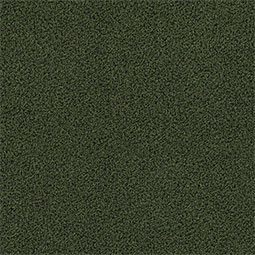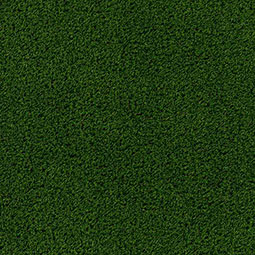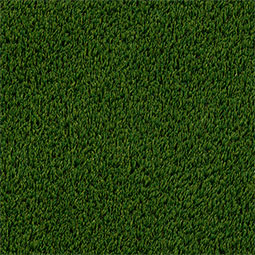Available Sizes & Variations
With a variety of color, height, and unique blade shapes, Evergrass® Turf helps you create an envy-worthy lawn that never needs watering.
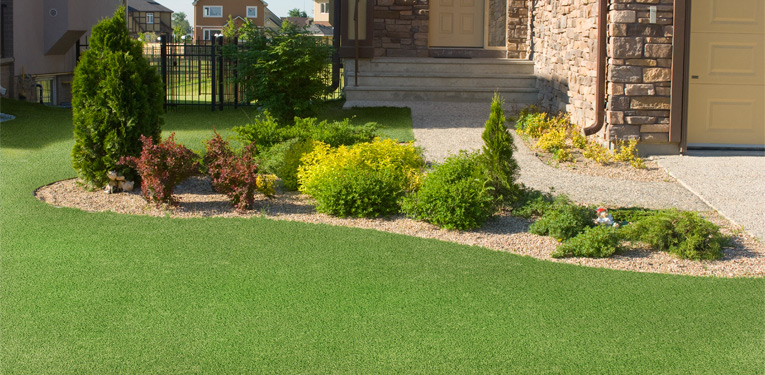
EVERGRASS® ARTIFICIAL TURF ACCESSORIES
Enhance landscaping effortlessly with high-quality artificial turf accessories like durable infill options, reliable adhesives, and seamless seam tape, ensuring enduring performance and aesthetic appeal in outdoor installations.
VIRTUALLY NO MAINTENANCE • MUD-FREE • NO WATER NEEDED
BIOLUXE™ WORRY-PROOF TECHNOLOGY
Enhance your curb appeal effortlessly with Evergrass® Artificial Turf. Stay green all year round, perfect for bustling households that desire a vibrant lawn. Featuring proprietary odor-control and antimicrobial technology, this turf is safe for kids and pets, and free from harmful chemicals or extra maintenance.





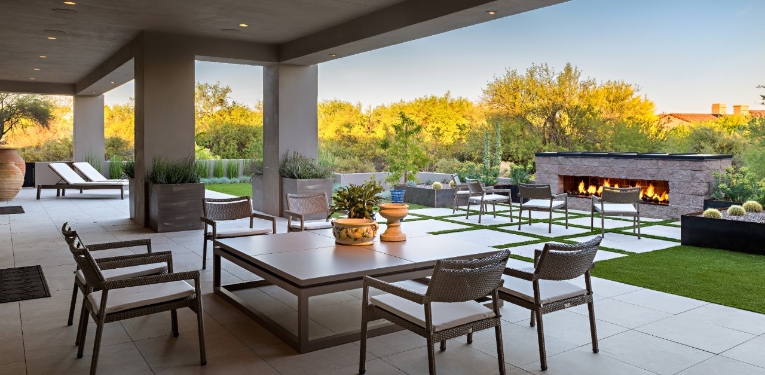
CREATE A BEAUTIFUL OUTDOOR LIVING SPACE
Design the perfect outdoor living space with Arterra® Porcelain Pavers and Evergrass® Artificial Turf. Both durable, low maintenance and perfect for any size space, our pavers and turf can create a wide variety of patterns for patios, courtyards and gardens as well as driveways.

HOW TO INSTALL ARTIFICIAL TURF
Evergrass® Artificial Turf is both durable and low maintenance. Installing artificial grass can be a straightforward process if you follow the right steps. And in no time, you'll have the perfect outdoor space you've always dreamed of.
LEARN MORE ABOUT ARTIFICIAL GRASS
Artificial Grass Benefits and Disadvantages
Artificial grass, also known as artificial turf and synthetic grass, has gained popularity as a low-maintenance alternative to traditional grass lawns. While it offers several benefits, it also has its share of disadvantages. Let's explore both sides of the coin.
Benefits of Artificial Turf
Low maintenance: One of the primary advantages of artificial turf is its minimal maintenance requirements. Unlike traditional grass, which needs regular mowing, watering, and fertilizing, artificial turf requires little upkeep. It eliminates the need for time-consuming and costly lawn care tasks, making it an attractive option for those with busy lifestyles.
Durability: Artificial grass is designed to withstand heavy foot traffic, making it ideal for areas with high usage such as sports fields or playgrounds. It maintains its lush green appearance throughout the year, regardless of weather conditions, ensuring a visually appealing landscape.
Water conservation: With increasing concerns about water scarcity, artificial grass offers a significant advantage by reducing water consumption. Traditional grass lawns require substantial amounts of water to stay healthy, especially in dry regions. By opting for synthetic grass, homeowners can conserve water resources, reduce water bills, and contribute to environmental sustainability.
Disadvantages of Artificial Turf
Initial cost: Installing artificial grass can be more expensive upfront compared to laying traditional grass. The cost includes materials, labor, and equipment required for proper installation. However, it's essential to consider the long-term savings in terms of reduced maintenance and water bills.
Heat retention: Synthetic grass tends to retain heat, especially during hot summer months. This can make the surface uncomfortable to walk or play on. However, advancements in technology have led to the development of newer types of artificial grass that incorporate cooling properties to mitigate this issue. In fact, products like ZeoLite natural stone fills help to significantly reduce heat retention, with the added benefit of odor mitigation.
Artificial grass offers numerous benefits, including low maintenance, durability, and water conservation. However, it also has disadvantages such as higher initial cost, and heat retention. When considering whether to opt for synthetic grass or traditional grass, it's crucial to evaluate these factors based on individual needs, preferences, and the specific context in which it will be used.
How to Install Artificial Grass?

Gather the necessary tools and materials: You will need the following items for the installation process: artificial grass rolls, turf adhesive or seaming tape, turf cutter or utility knife, infill material (such as Zeolite, Wonderfill, sand, etc), a stiff broom or power brush, and a compactor or roller.
Prepare the area: Start by removing any existing grass, weeds, or debris from the area where you plan to install the artificial grass. Ensure that the ground is level and compacted. If needed, you can add a base layer of crushed stone or a similar material to create a stable foundation. Measure and cut the grass: Roll out the artificial grass on the prepared area and allow it to settle for a few hours. Measure the required size and cut the grass accordingly, leaving a small overlap at the edges for trimming later. Use a turf cutter or utility knife for cutting.
Join the seams: If you have multiple rolls of artificial grass, you'll need to join them together. Use turf adhesive or seaming tape along the seams to secure the edges. Follow the manufacturer's instructions for applying the adhesive or tape.
Secure the edges: Use landscape spikes or galvanized nails to secure the edges of the artificial grass to the ground. Space the nails or spikes approximately 6-8 inches apart along the perimeter. Be careful not to damage the grass fibers while securing the edges.
Apply infill material: Apply infill material such as ZeoLite and Wonderfill to the artificial grass to improve its stability and performance. Infill material helps support the grass blades, enhances drainage, and provides a more realistic feel, not to mention offer odor-mitigating technologies.
Spread the infill evenly using a spreader or by hand, and then brush the grass with a stiff broom to help distribute the infill. Brush and compact the grass: Use a power brush or stiff broom to brush the grass fibers in an upright position. This step helps the grass look more natural and removes any debris. Finally, use a compactor or roller to compact the artificial grass, ensuring it is firmly settled into place.
It's important to note that these are general instructions, and the specific installation process may vary depending on the type of artificial grass, site conditions, and manufacturer recommendations. Always refer to the installation guidelines provided by the manufacturer for detailed instructions and any specific requirements for the particular product you are using.
How Is Artificial Grass Maintained?
Maintaining artificial grass is relatively simple compared to caring for natural grass. Here are some key maintenance tasks to keep your artificial grass looking its best:
Regular brushing: Brushing the artificial grass helps keep the fibers upright, prevents matting, and distributes infill material evenly. Use a stiff broom or power brush to brush against the grain of the grass in different directions. Aim to brush the grass at least once a month or more frequently if it receives heavy use.
Removing debris: Regularly remove leaves, twigs, and other debris from the surface of the artificial grass. This can be done using a leaf blower, rake, or by hand. Keeping the surface clear of debris helps maintain its appearance and prevents the buildup of organic matter.
Cleaning spills and stains: Promptly clean up any spills or stains on the artificial grass. Most spills can be easily removed by rinsing the area with water and mild soap. For tougher stains or pet urine, use a specialized artificial grass cleaner according to the manufacturer's instructions. Avoid using harsh chemicals or bleach, as they may damage the grass fibers.
Managing pet waste: If you have pets, promptly remove solid waste from the artificial grass and dispose of it properly. Rinse the area with water to dilute any urine. If necessary, use a pet-friendly artificial grass cleaner to eliminate odors. Regularly inspect the grass for any signs of damage or discoloration caused by pet waste.
Maintaining infill levels: If your artificial grass has infill material, periodically check the infill levels. Over time, infill may settle or get displaced due to use or weather conditions. Add more infill if needed to ensure proper support and performance of the artificial grass. Follow the manufacturer's recommendations for the appropriate infill material and amount.
Preventing weeds: While artificial grass is resistant to weeds, occasional weed growth may occur along the edges or in gaps. Regularly inspect the perimeter and use weed control methods, such as pulling out weeds or using a weed barrier, to prevent weed growth. Be cautious when using herbicides near artificial grass, as some chemicals can damage the fibers.
Professional maintenance: Consider scheduling professional maintenance for your artificial grass, especially for larger installations or high-traffic areas. Professional maintenance may include deep cleaning, infill replenishment, or repairs, and can help extend the lifespan and appearance of the artificial grass.
By following these maintenance practices, you can keep your artificial grass clean, attractive, and in good condition for many years to come. Always refer to the manufacturer's maintenance guidelines for specific recommendations tailored to your artificial grass product.
What Pile Height to Choose for Artificial Grass?
The choice of pile height for your specific needs depends on several factors, including the intended use of the artificial grass, personal preferences, and the desired aesthetic. Here are some general guidelines to consider:
Pile Height for Residential Lawns and Landscaping
For residential lawns and landscaping purposes, pile heights ranging from 30 to 40 millimeters (1.18 to 1.57 inches) are commonly recommended. This range provides a balance between a natural appearance and ease of maintenance. It offers a lush and realistic look, similar to well-maintained natural grass.Pile Height for Pets and High-Traffic Areas, and Commercial Landscaping
In high-traffic areas or commercial landscaping applications, including those frequently utilized by pets, shorter pile heights between 20 to 30 millimeters (0.79 to 1.18 inches) are often the best choice. The shorter pile is not only better at resisting wear and maintaining its appearance under heavy foot traffic but it also provides better traction for both humans and pets. This is particularly beneficial for dogs who can more easily maintain their footing and avoid slips on the shorter pile artificial grass.Pile Height for Sports Fields and Recreational Areas
For sports fields and recreational areas, pile heights can vary depending on the specific sport and performance requirements. Shorter pile heights, typically between 20 to 30 millimeters (0.79 to 1.18 inches), are commonly used for sports like soccer and field hockey, as they provide better ball roll characteristics and traction. However, for sports like golf or putting greens, shorter pile heights around 10 to 20 millimeters (0.39 to 0.79 inches) are preferred to achieve smoother ball roll.Personal Pile Height Preferences
Your personal preferences also play a role in choosing the pile height. Some individuals prefer the look and feel of longer pile heights, while others may prefer a shorter and more manicured appearance. Consider what appeals to you visually and what suits your overall landscaping design.Cleaning and Care: The key to keeping your artificial turf looking pristine is regular cleaning and care. To remove dirt, debris, and other foreign matter, use a broom or leaf blower to sweep the area. For tougher stains or spills, use a garden hose with mild detergent to gently cleanse the surface. Avoid using harsh chemicals that could damage the artificial grass fibers.
It's important to note that these recommendations are general guidelines, and the appropriate pile height may vary depending on the specific artificial grass product, manufacturer recommendations, and regional considerations. When selecting the pile height, consult with reputable suppliers or manufacturers who can provide expert guidance based on your specific needs and preferences. Additionally, requesting samples or visiting showrooms can help you make an informed decision by seeing and feeling the different pile heights firsthand.




